SCDM71-316: Structural Analysis of Brock Commons Tallwood House Report
VerifiedAdded on 2023/06/03
|42
|5180
|347
Report
AI Summary
This report provides a comprehensive analysis of the Brock Commons Tallwood House, a 13-story wooden structure, considering its construction, materials, and structural design. The report begins with an introduction to the building, highlighting its unique features and the use of timber. It then delves into detailed calculations of dead loads on various floors, including the roof, using assumed values and formulas. The report further explores dynamic load calculations, specifically wind load, considering factors like wind velocity and pressure. Durability, fire protection, and the reasoning behind material choices (GLT and PSL) are also discussed. The load path, building stability, and the use of concrete shear walls are examined, along with considerations for earthquake resistance. The report also covers tributary areas in vertical elements, connections, and geotechnical testing methods such as direct shear, Proctor compaction, and triaxial shear tests. Finally, the report explores various aspects of the building's design, including connections and geotechnical testing, providing a holistic overview of the structural and soil mechanics considerations involved in the building's design and construction.
1 out of 42
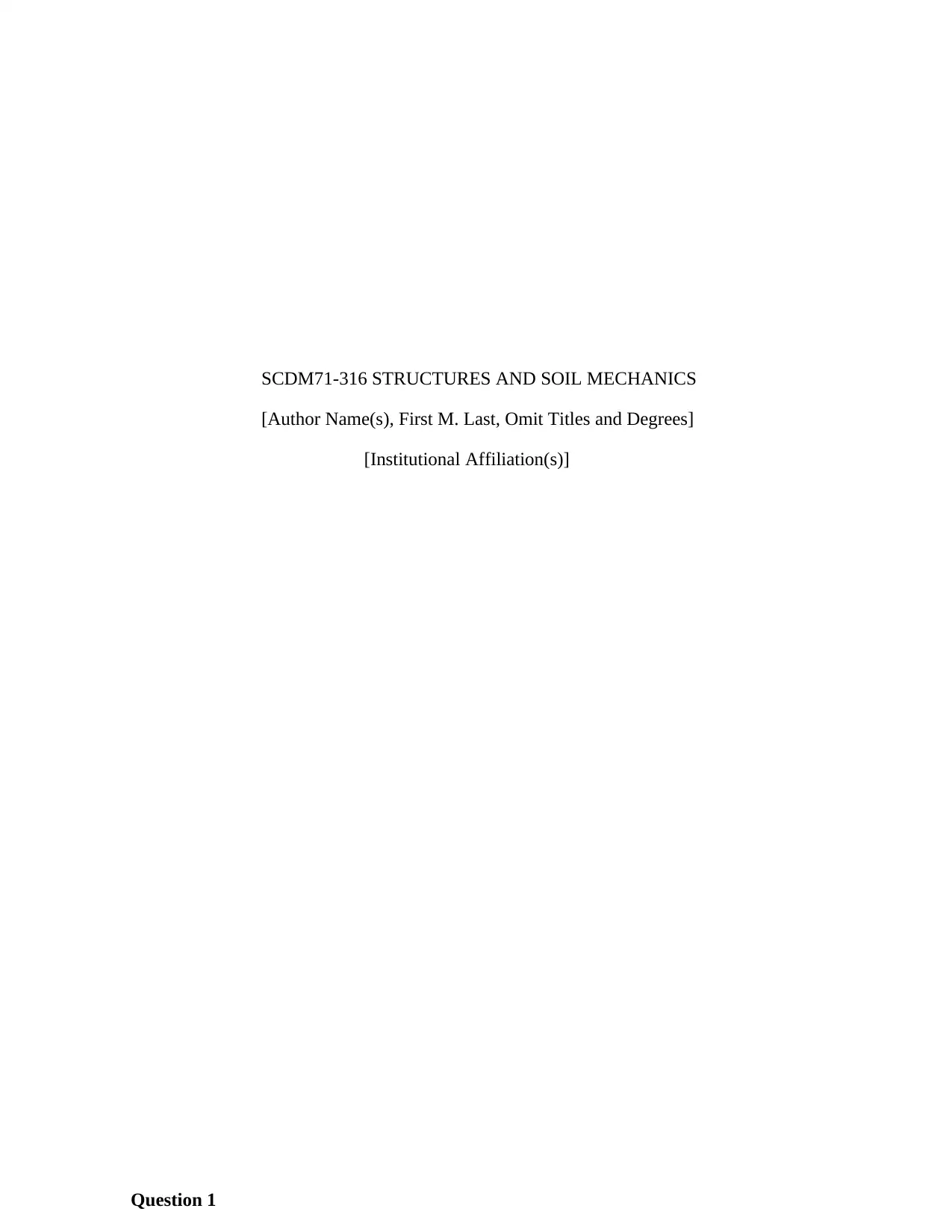

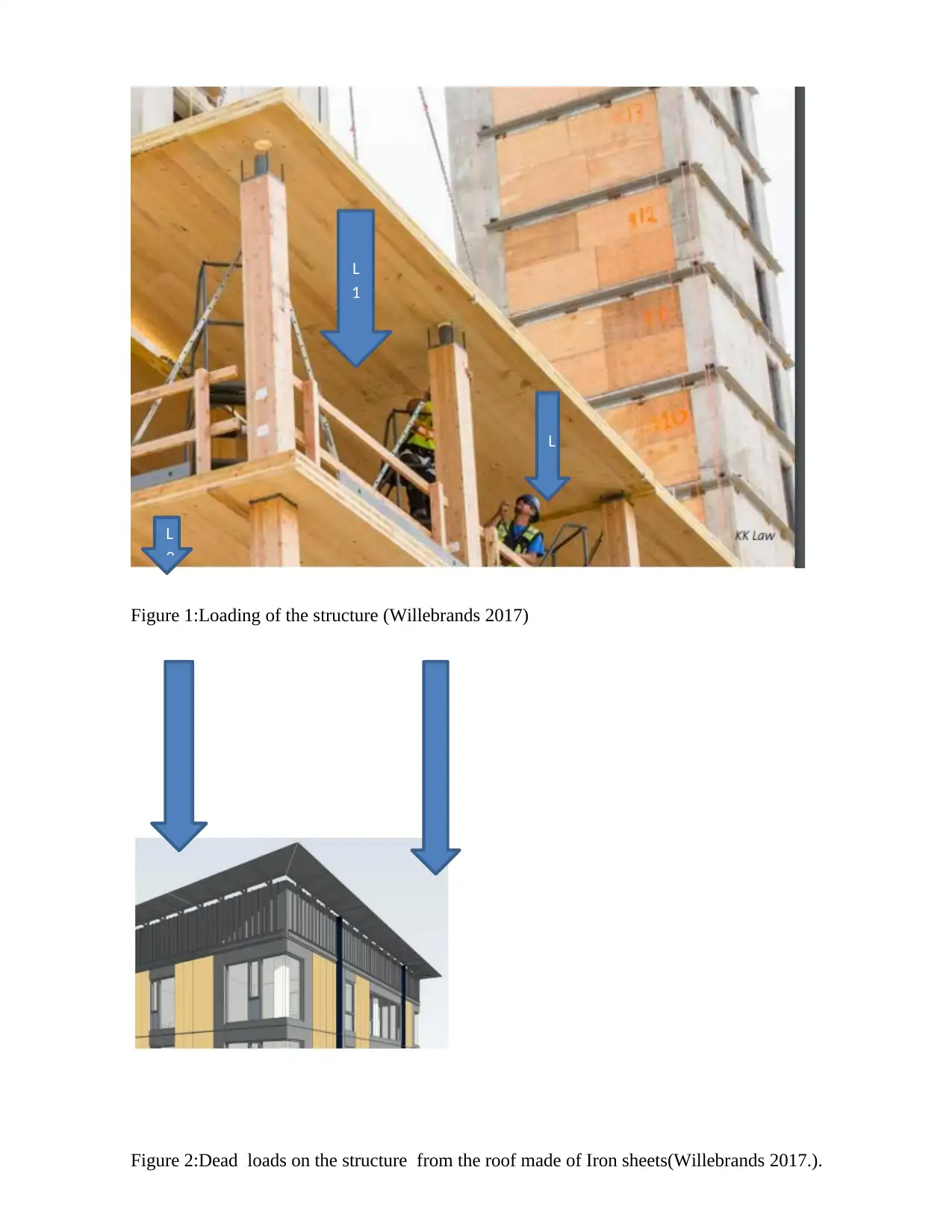

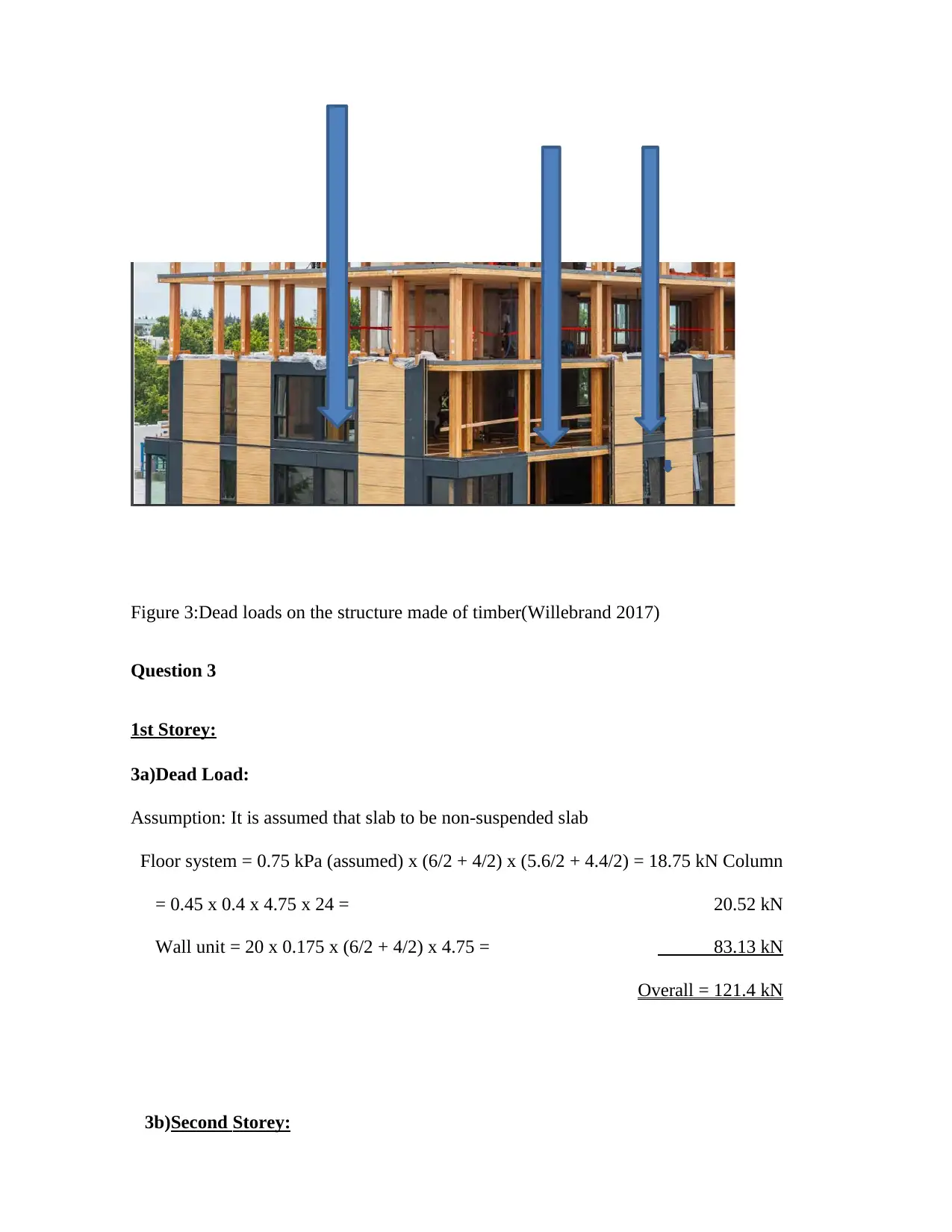
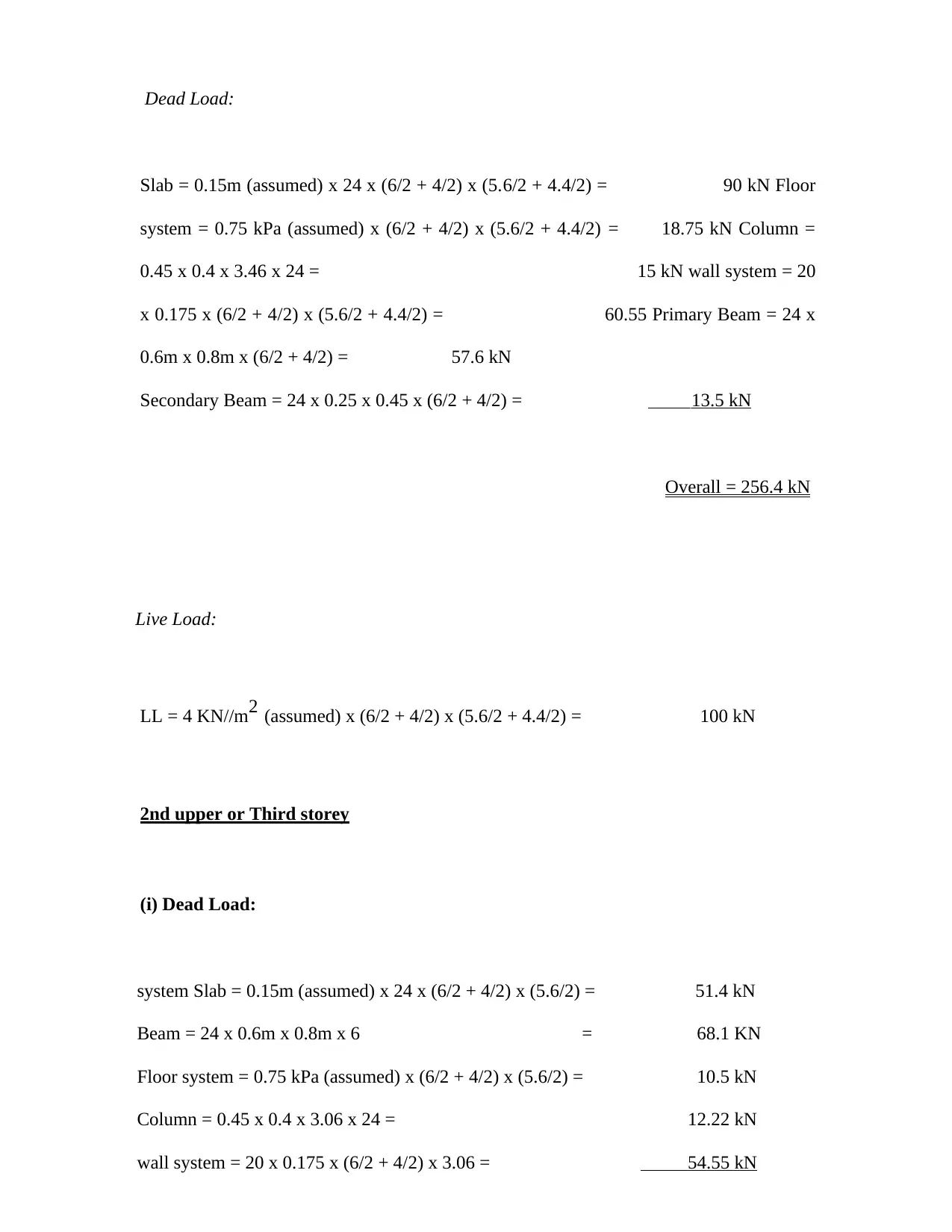
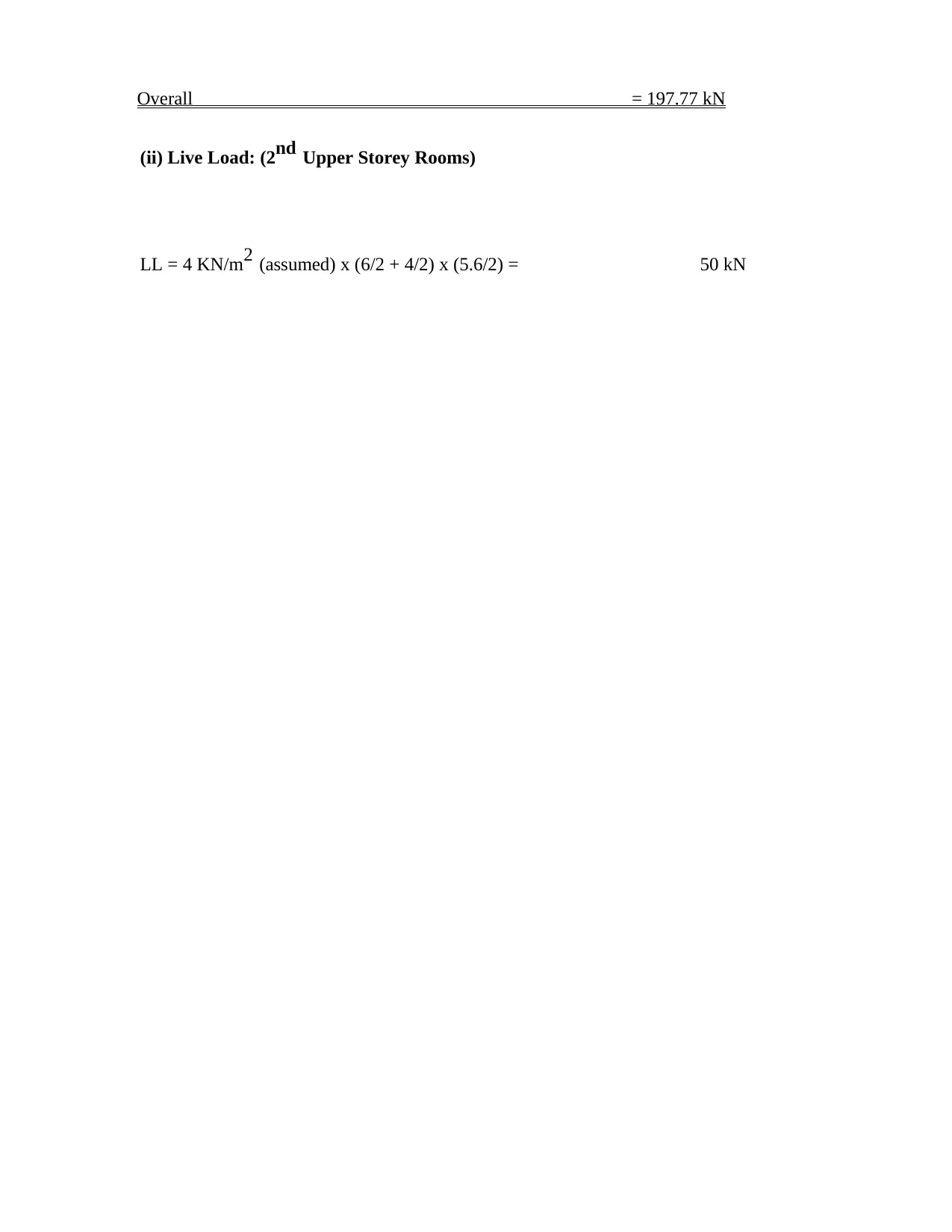
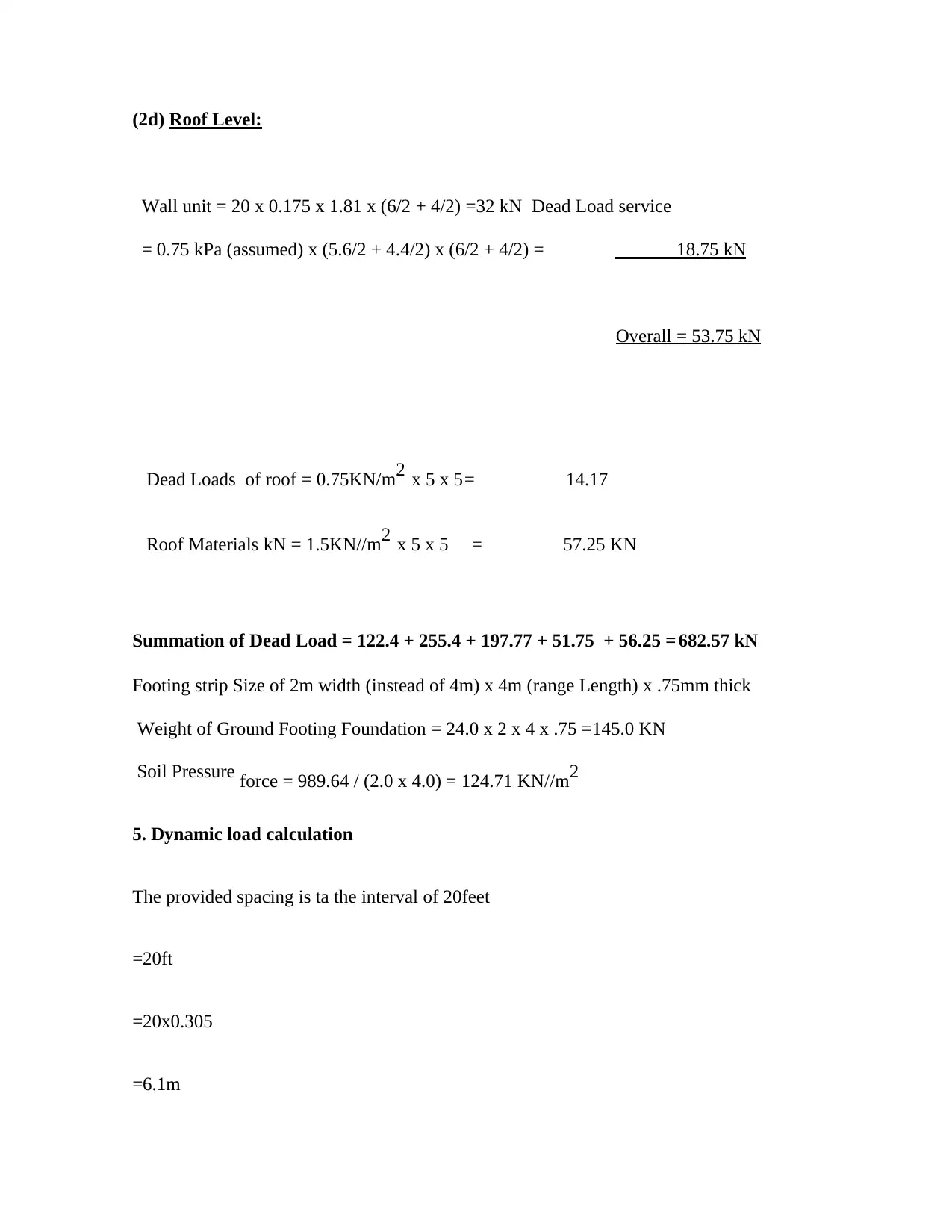
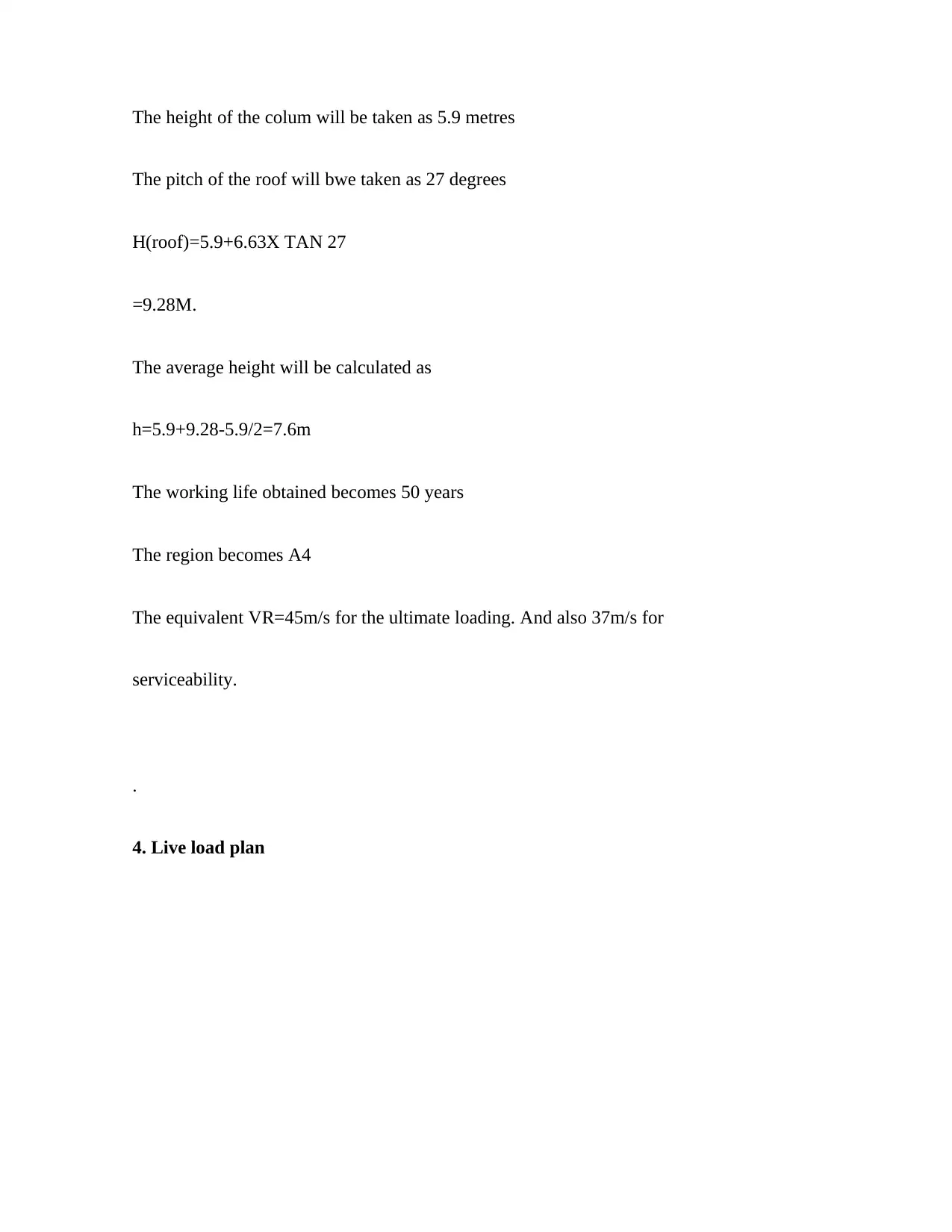
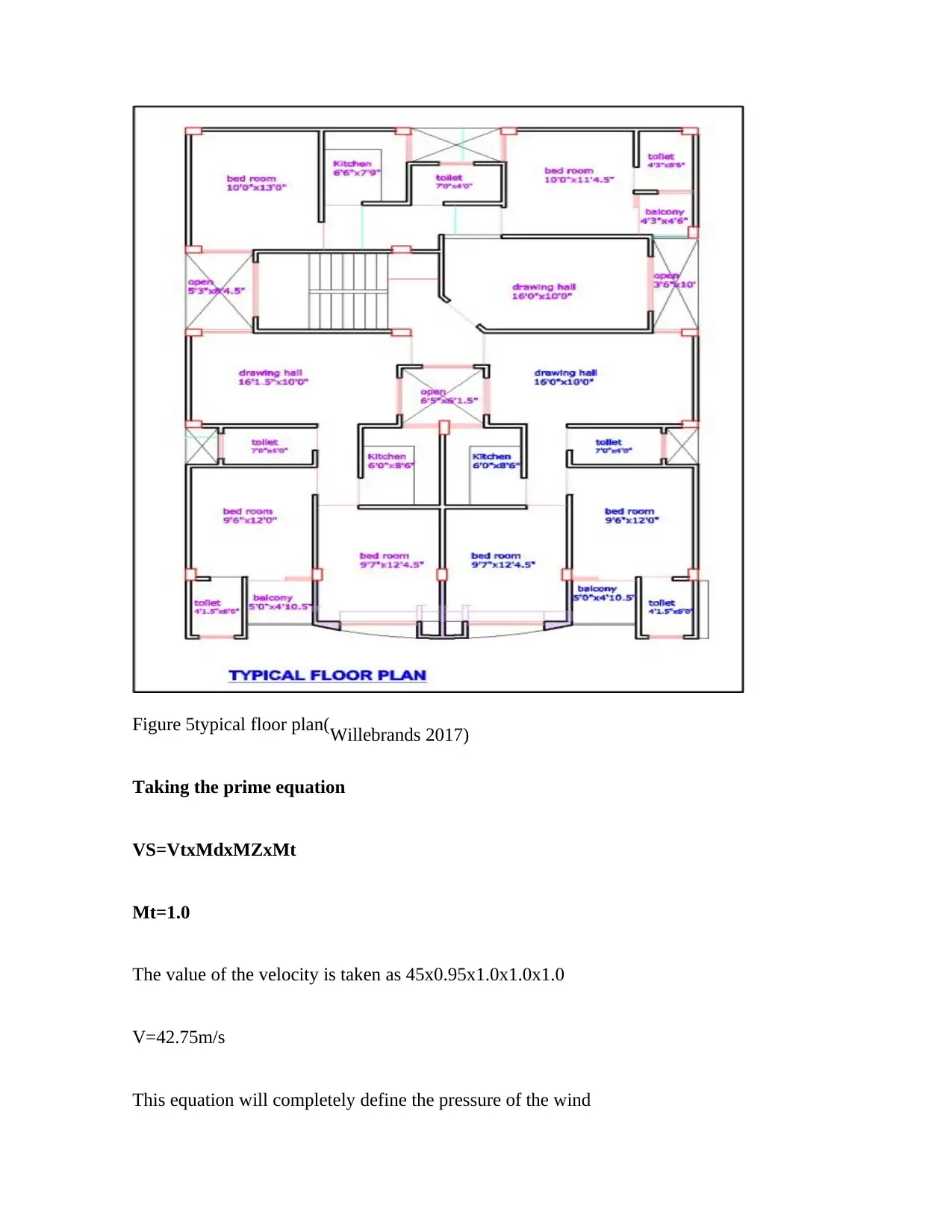
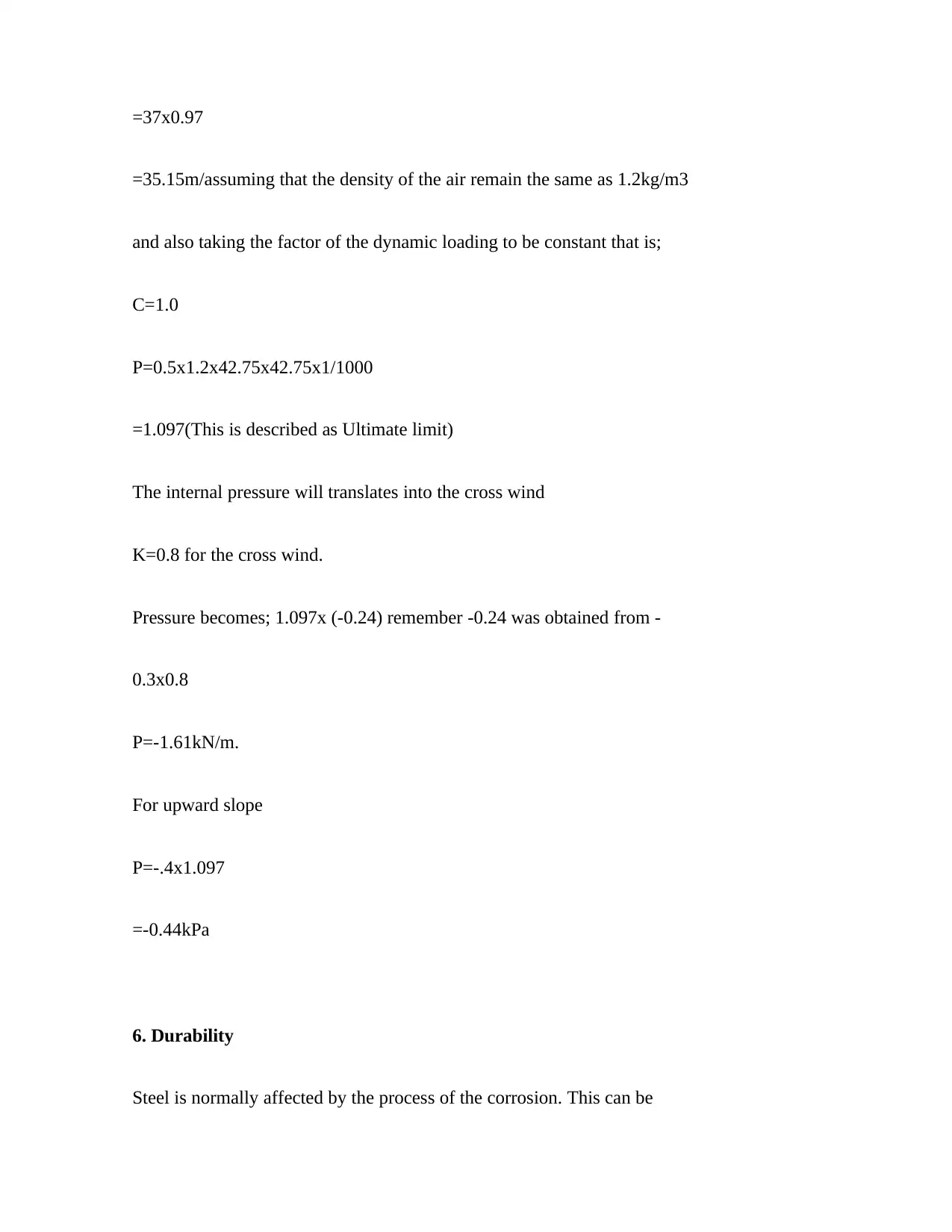
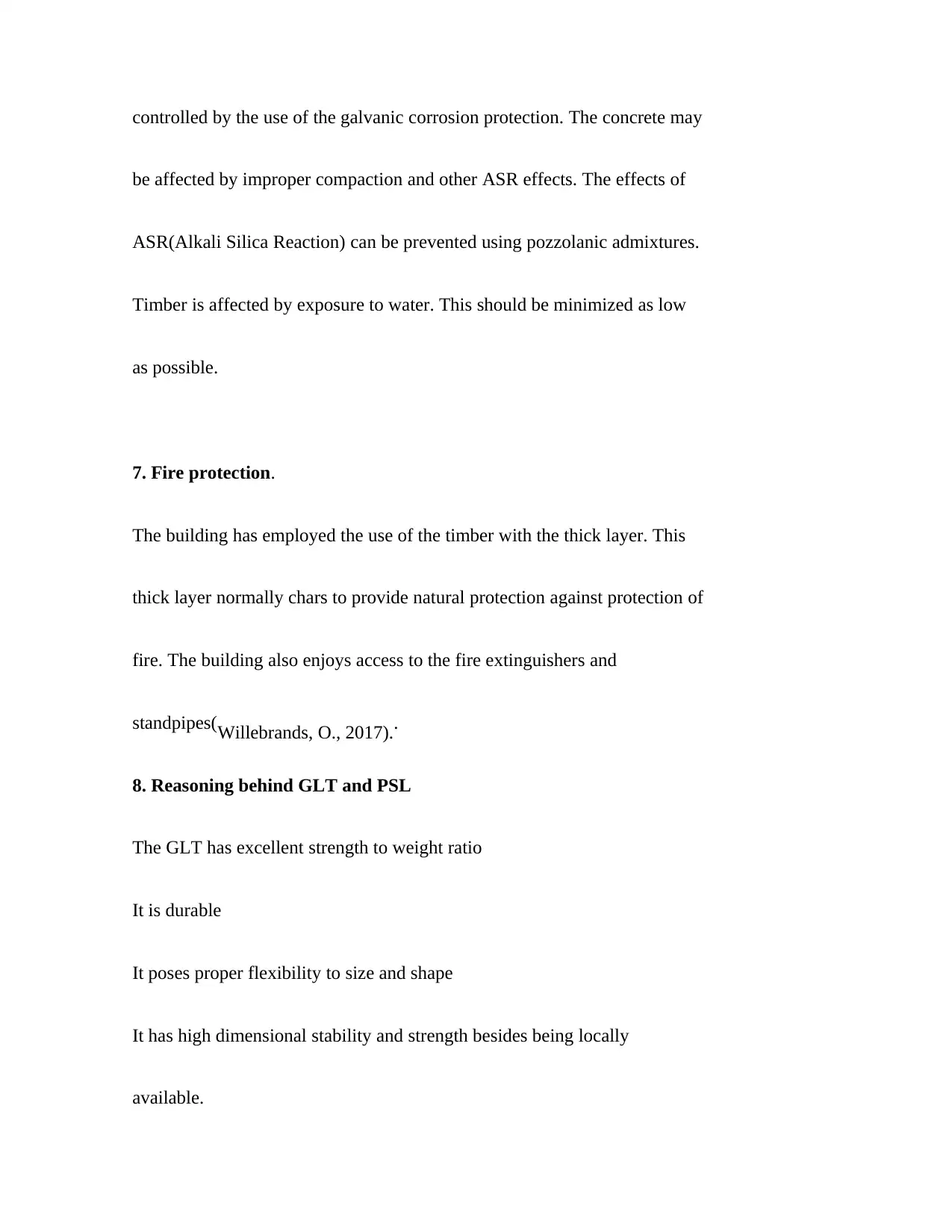
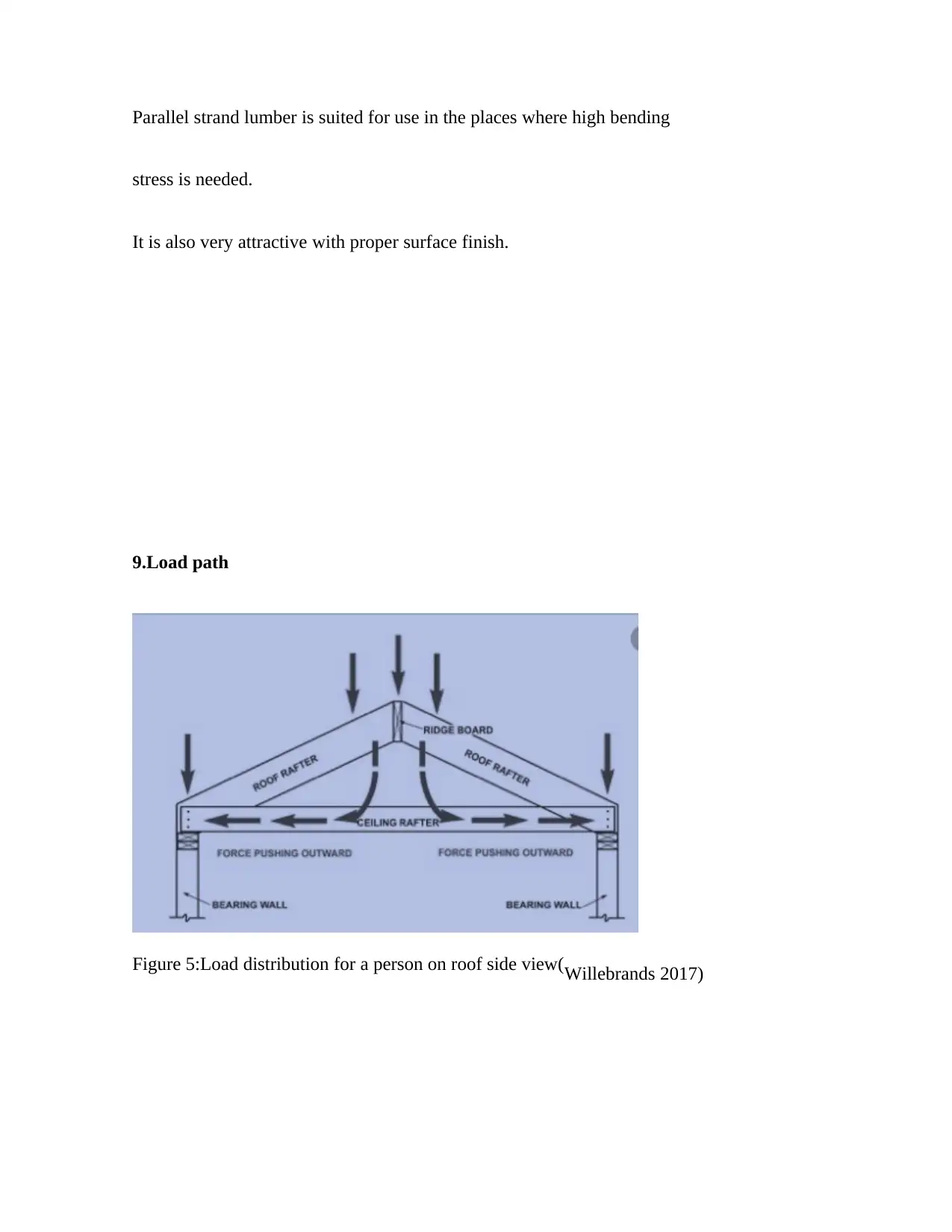


![[object Object]](/_next/static/media/star-bottom.7253800d.svg)